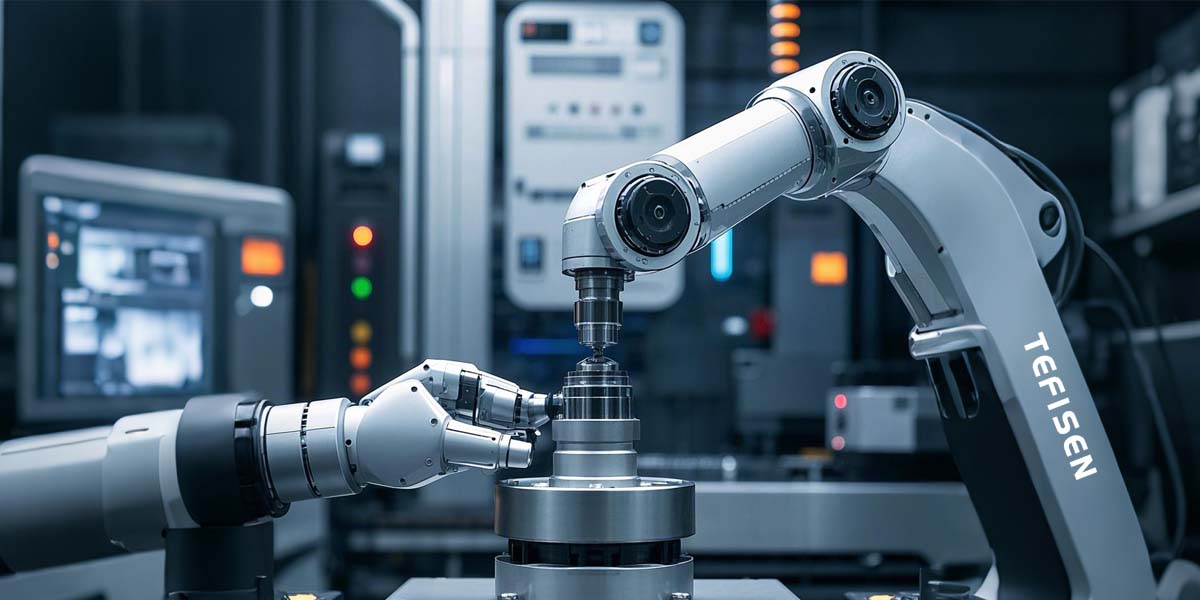The Future of High-End Manufacturing: The Impact of Automatic Loading and Unloading Pad Printing Systems
【Abstract】Are you still using manual loading and unloading? Are you still frustrated by low product print pass rates? Traditional pad printers rely on manual feeding and retrieval, which results in low efficiency and high risk of errors. It can significantly boost production efficiency by 3 to 6 times, effectively reducing costs and improving efficiency. This is TEFISEN’s automatic loading and unloading pad printing system, capable of handling over 750 pieces per hour with no manual intervention and allowing the production line to run 24/7.
With global manufacturing moving towards automation, intelligence, and precision, automation equipment is playing an increasingly important role in improving production efficiency, lowering labor costs, and enhancing product quality. As a representative of precision printing equipment, pad printing machines with automatic loading and unloading systems are driving high-end manufacturing into a new era. These automated systems not only dramatically improve production efficiency but also ensure high-precision printing quality, becoming a key factor for high-end manufacturers to enhance their competitiveness.

1. Why Use an Automatic Loading and Unloading System?
The automatic loading and unloading system is one of the core components of modern pad printing machines. Traditional pad printers require manual intervention, where operators manually load workpieces into the printing area and remove them after printing. This method not only boosts efficiency by 3-6 times but also introduces human error, increasing production cycles and defect rates.
According to the 2022 Global Automation Industry Report, the application of automation technology can increase production efficiency by 30% to 50%. In the pad printing industry, the introduction of automatic loading and unloading systems has highly automated the production process, significantly improving the operational efficiency of production lines. For instance, in the electronics industry, an automatic loading and unloading pad printing system can handle 2,000-3,000 workpieces per hour, which improves efficiency by 40%-60% compared to traditional manual operations.
2. An Effective Tool for Reducing Costs and Improving Efficiency
High-end manufacturing fields often require large-scale, high-precision production, and manual operations cannot meet these demands for efficiency and precision. The automatic loading and unloading system, through robotic arms, automatic conveyor belts, and vision recognition technology, can automatically complete the loading, printing, and unloading processes. During this process, the pad printer no longer depends on human intervention, ensuring the production line operates efficiently.
For example, TEFISEN's TFS-CP6-200CS fully automatic six-color rotary pad printer, equipped with an automatic loading and unloading system, can handle over 750 workpieces per hour without manual intervention. This automation not only reduces labor costs but also allows the production line to operate 24/7. In large-scale production, it significantly reduces labor costs and operational risks.
Furthermore, the automatic loading and unloading system can accurately position workpieces and achieve quick line changeovers, thus significantly reducing production cycles and downtime. According to the 2023 Industrial Automation Research Report, after the application of automatic loading and unloading systems, downtime can be reduced by 20%-30%, greatly improving the overall utilization of equipment.
3. Ensuring Printing Quality and Precision
Products in high-end manufacturing fields typically require very high precision and consistency. Especially in industries like electronics, automotive, and medical devices, even the smallest error can impact the overall performance and quality of the product. Automatic loading and unloading pad printing systems, through intelligent control and automation, ensure accurate placement and consistent printing quality for each workpiece, avoiding instability caused by manual operation.
For instance, the precision of a pad printer can typically reach ±0.02mm, and it is equipped with a precise servo drive system to ensure accurate positioning of each workpiece during the printing process. In high-precision production of electronic components like mobile phone shells and displays, pad printing machines guarantee stable patterns and markings and ensure accurate color reproduction.
Moreover, the automatic loading and unloading system ensures effective control over the speed of transmission between workstations and the stability of the workpieces. This enables the pad printer to not only carry out single-color printing but also complete two-color and multi-color printing tasks, with clear color layers and consistent results.
4. Market Demand and Development Prospects for Automatic Loading and Unloading Pad Printing Equipment
The global demand for automation equipment in high-end manufacturing is rapidly growing. According to the 2023 Global Smart Manufacturing Market Report, the global smart manufacturing equipment market is expected to reach $400 billion by 2026, with automatic loading and unloading pad printers accounting for approximately 20% of the market share. The demand for automatic loading and unloading systems is particularly strong in industries like automotive, electronics, and cosmetics.
For example, in the automotive industry, around 95 million vehicles are produced annually, with about 25% of their parts requiring precise printing. Components such as dashboards, car logos, and buttons require high-precision markings, and automatic loading and unloading pad printing systems provide fast and efficient printing solutions.
In the electronics industry, the global annual production of smartphones is about 1.4 billion units, with more than 30% of their components requiring high-precision printing. The printing needs for components such as mobile phone shells, buttons, and other consumer electronics parts have significantly driven the demand for automatic loading and unloading pad printing machines.
5. Future Development Trends of Automatic Loading and Unloading Pad Printing Equipment
With the advancement of Industry 4.0, smart manufacturing is becoming a key trend in the future of the manufacturing industry. Automatic loading and unloading pad printing systems are not just an automation upgrade of traditional equipment; they also incorporate data collection, real-time monitoring, and fault warning functions. Through IoT (Internet of Things) technology, pad printers can communicate with other equipment on the production line, gather real-time production data, and optimize production scheduling and quality control.
For example, TEFISEN’s smart pad printing system can monitor the production status of each station in real time and use big data analysis to predict maintenance cycles and fault risks, reducing equipment failure rates. According to the 2023 Industrial Intelligence Development Report, by 2025, 70% of high-end manufacturing equipment will be equipped with intelligent control systems, and automatic loading and unloading pad printers will play a crucial role in the process.
Therefore, the future application prospects of automatic loading and unloading pad printing systems are very broad, especially for medium to large-scale production enterprises. In larger companies, adopting such fully automated equipment will significantly increase production efficiency and product pass rates, achieving truly intelligent production. In high-end manufacturing, automatic loading and unloading pad printing systems not only make production more efficient but also reduce labor costs and ensure high precision and quality. As smart manufacturing and automation technologies continue to advance, these systems will play an increasingly important role in many industries, becoming a key factor driving the continuous development of high-end manufacturing. In the future, as equipment technology continues to innovate, automated pad printing systems will become smarter and more efficient, bringing greater value to global manufacturing.

